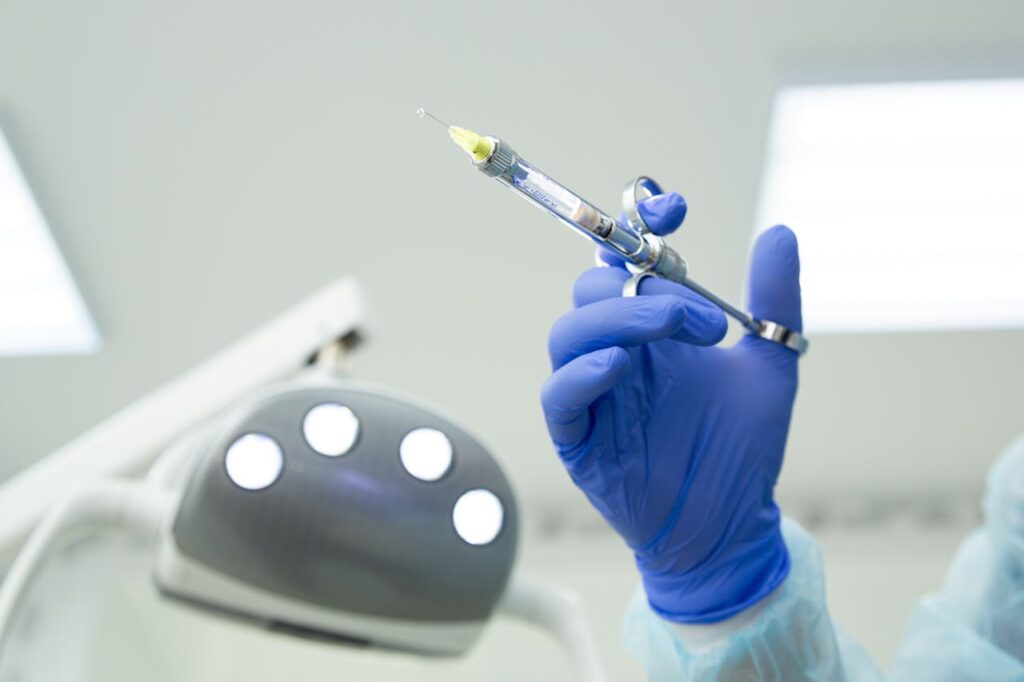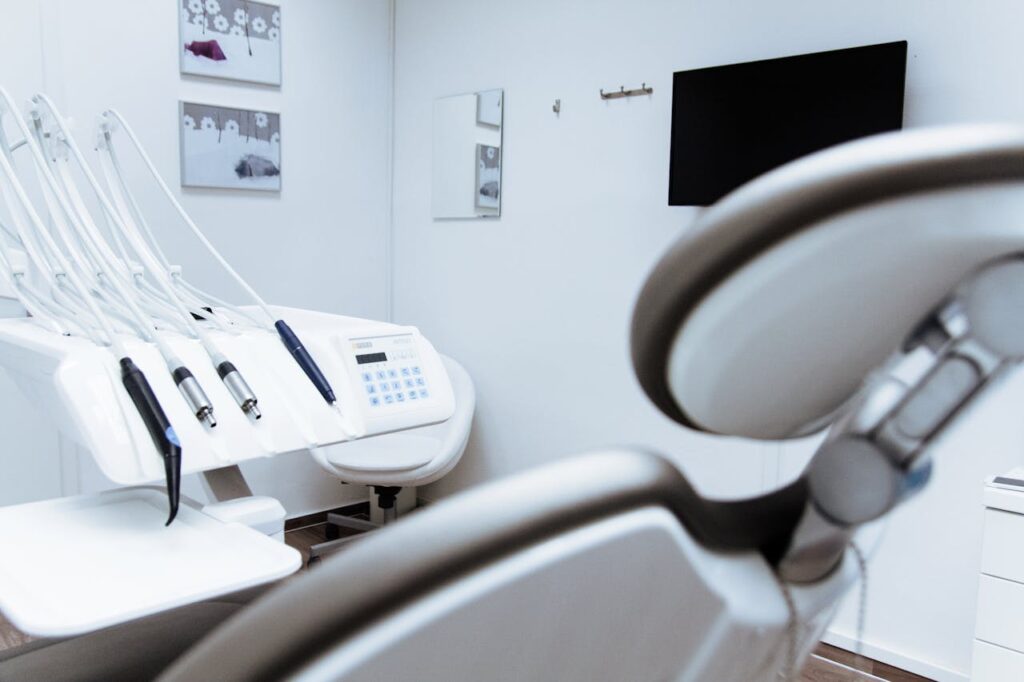Anesthesiologist assistants (AAs) play a crucial role in the healthcare system, working alongside anesthesiologists to ensure that patients receive safe and effective anesthesia care during surgical procedures. As highly trained healthcare professionals, AAs are responsible for a wide range of duties, from administering anesthesia to monitoring patients’ vital signs. This article serves as a comprehensive guide to getting started in an anesthesiologist assistant program, providing you with all the information you need to embark on this rewarding allied health career path.
Anesthesiologist Assistant Programs and Schools
1. Emory University
- Location: Atlanta, Georgia
- Program: Master of Medical Science Program in Anesthesiology
- Duration: 27 months
- Accreditation: CAAHEP accredited
- Program Details: Emory’s program includes didactic instruction, simulation training, and extensive clinical experience at hospitals affiliated with Emory Healthcare.
- Application Requirements: Bachelor’s degree, prerequisite coursework, GRE or MCAT, clinical experience preferred.
- Clinical Rotations: Extensive, covering multiple hospitals including Grady Memorial Hospital and Emory University Hospital.
2. Case Western Reserve University
- Location: Cleveland, Ohio
- Program: Master of Science in Anesthesia Program
- Duration: 24-28 months
- Accreditation: CAAHEP accredited
- Program Details: The program is available at multiple locations: Cleveland, Houston (Texas), Washington D.C., and Austin (Texas). It offers a rigorous curriculum and comprehensive clinical training.
- Application Requirements: Bachelor’s degree, prerequisite coursework, GRE or MCAT, letters of recommendation, and shadowing experience recommended.
- Clinical Rotations: Rotations include experiences at leading hospitals, with opportunities in trauma centers and specialized care units.
3. Nova Southeastern University
- Location: Fort Lauderdale, Florida; Tampa, Florida
- Program: Master of Science in Anesthesia Program
- Duration: 27 months
- Accreditation: CAAHEP accredited
- Program Details: NSU provides a program that emphasizes small class sizes and personalized instruction, with training available in both Fort Lauderdale and Tampa campuses.
- Application Requirements: Bachelor’s degree, prerequisite courses, GRE, healthcare experience recommended.
- Clinical Rotations: Includes clinical training at affiliated hospitals and surgical centers in Florida.
4. University of Missouri-Kansas City (UMKC)
- Location: Kansas City, Missouri
- Program: Master of Science in Anesthesia Program
- Duration: 27 months
- Accreditation: CAAHEP accredited
- Program Details: UMKC’s program offers a combination of classroom instruction and clinical practice with access to diverse patient populations.
- Application Requirements: Bachelor’s degree, prerequisite coursework, GRE or MCAT, healthcare experience preferred.
- Clinical Rotations: Clinical training at hospitals and healthcare facilities in the Kansas City area.
5. South University
- Location: Savannah, Georgia; West Palm Beach, Florida; Richmond, Virginia
- Program: Master of Medical Science in Anesthesia Science
- Duration: 28 months
- Accreditation: CAAHEP accredited
- Program Details: South University offers a curriculum that includes comprehensive classroom instruction, simulation experiences, and clinical practice across multiple locations.
- Application Requirements: Bachelor’s degree, prerequisite coursework, GRE or MCAT, relevant healthcare experience.
- Clinical Rotations: Rotations take place in hospitals and medical centers affiliated with the university, offering hands-on experience in anesthesia care.
6. Colorado University School of Medicine
- Location: Aurora, Colorado
- Program: Master of Science in Anesthesiology
- Duration: 28 months
- Accreditation: CAAHEP accredited
- Program Details: The program is known for its state-of-the-art facilities and comprehensive training in both the theoretical and practical aspects of anesthesia.
- Application Requirements: Bachelor’s degree, prerequisite coursework, GRE or MCAT, healthcare experience preferred.
- Clinical Rotations: Clinical placements include rotations in leading hospitals across the Denver metropolitan area.
7. Indiana University School of Medicine
- Location: Indianapolis, Indiana
- Program: Master of Science in Anesthesia
- Duration: 28 months
- Accreditation: CAAHEP accredited
- Program Details: The program offers a mix of classroom education and clinical training, with access to a large healthcare network in Indiana.
- Application Requirements: Bachelor’s degree, prerequisite coursework, GRE or MCAT, relevant healthcare experience.
- Clinical Rotations: Clinical rotations are conducted at leading hospitals and medical centers within Indiana.
8. University of Colorado Boulder
- Location: Boulder, Colorado
- Program: Master of Science in Anesthesia
- Duration: 28 months
- Accreditation: CAAHEP accredited
- Program Details: The program emphasizes both academic excellence and practical skills, preparing students for various anesthesia-related roles in healthcare.
- Application Requirements: Bachelor’s degree, prerequisite coursework, GRE or MCAT, relevant experience.
- Clinical Rotations: Extensive clinical experience at healthcare facilities in the Boulder and Denver areas.
9. Northeast Ohio Medical University (NEOMED)
- Location: Rootstown, Ohio
- Program: Master of Science in Anesthesia
- Duration: 28 months
- Accreditation: CAAHEP accredited
- Program Details: NEOMED offers a comprehensive program designed to develop students into highly skilled anesthesia professionals with a focus on hands-on learning.
- Application Requirements: Bachelor’s degree, prerequisite coursework, GRE or MCAT, clinical experience recommended.
Clinical Rotations: Clinical rotations occur at hospitals and medical centers throughout Ohio, providing diverse exposure to anesthesia practice.
These programs are all accredited by the Commission on Accreditation of Allied Health Education Programs (CAAHEP), ensuring they meet the necessary standards for preparing students for certification and licensure as anesthesiologist assistants. Prospective students should carefully review each program’s requirements and clinical opportunities to find the best fit for their career goals.
What is an Anesthesiologist Assistant?
An anesthesiologist assistant is a highly skilled professional who works under the direct supervision of a licensed anesthesiologist to deliver anesthesia care to patients. The role of an AA involves preparing patients for anesthesia, administering anesthetic agents, monitoring patients during surgery, and assisting in the post-anesthesia care process.
Key Responsibilities and Duties
- Conducting pre-anesthesia assessments to evaluate patients’ medical history and current condition
- Assisting in the development of anesthesia care plans
- Administering anesthesia under the supervision of an anesthesiologist
- Monitoring patients’ vital signs and adjusting anesthesia levels as needed
- Providing support in emergency situations, such as managing airway complications
- Assisting in the recovery process by monitoring patients as they come out of anesthesia
Anesthesiologist Assistant vs Nurse Anesthetist
Unlike nurse anesthetists (CRNAs) who often work independently, AAs are always supervised by an anesthesiologist. While both AAs and CRNAs have similar responsibilities, AAs typically have a more defined role in the anesthesia care team and work closely with anesthesiologists in a collaborative model.
- Education:
- AAs have a science-related bachelor’s degree and complete a 24-28 month Master’s program in Anesthesiology, working under the direct supervision of anesthesiologists.
- CRNAs are registered nurses with a BSN who complete a 3-4 year doctoral program in nurse anesthesia and can practice independently in many states.
- Scope of Practice:
- AAs work under anesthesiologists, assisting in developing and implementing anesthesia care plans.
- CRNAs have a broader scope, performing the full range of anesthesia services, often independently.
- Work Environment:
- AAs typically work in hospitals where anesthesiologists are present.
- CRNAs work in a wider variety of settings, including hospitals, outpatient centers, and rural areas.
- Certification and Salary:
- AAs are certified by the NCCAA and often earn high salaries but are geographically limited due to supervision requirements.
- CRNAs are certified by the NBCRNA, have higher salaries, and are in high demand across the country.
While both careers offer high salaries and strong job prospects, CRNAs have greater autonomy and broader opportunities, while AAs work closely with anesthesiologists in a more limited range of settings.

Why Choose a Career as an Anesthesiologist Assistant?
Choosing a career as an anesthesiologist assistant offers numerous benefits:
High Demand
The demand for skilled AAs is on the rise, driven by the increasing need for anesthesia services in hospitals, outpatient surgical centers, and other healthcare settings. This demand translates into excellent job stability.
Competitive Salary
AAs enjoy competitive salaries, often ranging from $80,000 to $170,000 per year, depending on factors such as experience, location, and the specific healthcare setting.
Opportunities for Professional Growth
A career as an AA offers numerous opportunities for advancement, including specialization in specific areas of anesthesia or moving into leadership roles within the anesthesia care team.
Personal Fulfillment
For those who are passionate about patient care, the role of an AA is incredibly rewarding. AAs have the opportunity to make a significant impact on patient outcomes by ensuring their comfort and safety during surgical procedures.
Educational Path to Becoming an Anesthesiologist Assistant
Prerequisite Education
Before applying to an anesthesiologist assistant program, you must complete an undergraduate degree, typically in a science-related field such as biology, chemistry, or pre-med. Strong academic performance is crucial, as AA programs are highly competitive.
- Recommended Courses: To prepare for an AA program, it’s recommended to take courses in anatomy, physiology, biochemistry, and other life sciences. These courses provide the foundational knowledge needed for advanced study in anesthesia.
- GPA and Other Academic Requirements: Most AA programs require a minimum GPA of 3.0, although higher GPAs are often needed to be competitive. Additionally, relevant healthcare experience, such as working as a medical assistant or in another patient care role, can strengthen your application.
Applying to Anesthesiologist Assistant Programs
The application process for AA programs is rigorous and typically includes several key components:
- Transcripts: Official transcripts from your undergraduate studies are required to demonstrate your academic readiness for the program.
- Letters of Recommendation: Strong letters of recommendation from professors, healthcare professionals, or employers can significantly enhance your application. These letters should speak to your academic abilities, work ethic, and suitability for a career in anesthesia.
- Personal Statement: A well-crafted personal statement allows you to explain your motivation for becoming an AA, your relevant experience, and why you are a good fit for the program.
- Standardized Tests: Some programs may require standardized test scores, such as the GRE or MCAT. It’s important to check the specific requirements of each program to which you’re applying.
Accreditation and Program Selection
Choosing an accredited AA program is essential for ensuring that your education meets the standards set by the profession.
- Accreditation: The Commission on Accreditation of Allied Health Education Programs (CAAHEP) is the primary accrediting body for AA programs. Attending a CAAHEP-accredited program is crucial for eligibility to take the certification exam.
- Program Selection: When researching programs, consider factors such as location, program length, clinical rotation opportunities, and the program’s track record in preparing students for the certification exam. Visit campuses if possible, and speak with current students or alumni to get a sense of the program’s strengths and weaknesses.

Overview of Anesthesiologist Assistant Programs
Anesthesiologist assistant programs typically last 24 to 28 months and include a combination of classroom instruction, laboratory work, and clinical rotations.
- Curriculum and Coursework: The curriculum covers a wide range of topics, including pharmacology, physiology, pathophysiology, anesthesia principles, and patient assessment. Students also learn about the equipment used in anesthesia and gain hands-on experience in simulation labs.
- Clinical Training: Clinical rotations are a critical component of AA programs, providing students with real-world experience in various anesthesia settings. During these rotations, students work under the supervision of licensed anesthesiologists and gradually take on more responsibilities as they gain confidence and competence.
- Key Skills and Competencies: By the end of the program, students are expected to have developed a strong foundation in anesthesia care, including the ability to assess patients, administer anesthesia, monitor patient status, and respond to emergencies.
Certification and Licensure Requirements
Certification Process
Upon completing an AA program, graduates must pass the certification exam administered by the National Commission for Certification of Anesthesiologist Assistants (NCCAA).
- Certification Exam: The NCCAA certification exam tests the knowledge and skills acquired during the AA program. It includes both written and practical components. Preparing for the exam typically involves reviewing course materials, participating in study groups, and taking practice exams.
State Licensure
In addition to certification, AAs must obtain licensure to practice in most states.
- State Requirements: Licensure requirements vary by state, so it’s important to check the specific requirements where you plan to practice. In general, licensure involves submitting proof of certification, passing a state-specific exam, and completing continuing education requirements.
- Maintaining Certification: To maintain certification, AAs must participate in continuing education and pass a recertification exam every six years. This ensures that AAs remain current with advancements in anesthesia care and continue to provide high-quality patient care.
Financial Considerations
Program Costs
Pursuing a career as an AA involves significant financial investment.
- Tuition and Fees: The cost of AA programs varies widely, with tuition ranging from $60,000 to $120,000 for the entire program. In addition to tuition, students should budget for fees, textbooks, supplies, and living expenses.
Financial Aid and Scholarships
There are several financial aid options available to help offset the cost of AA programs:
- Scholarships and Grants: Many schools offer scholarships and grants to help reduce the financial burden. Some are merit-based, while others are need-based.
- Loans: Federal and private student loans are available to cover the cost of tuition and other expenses. It’s important to research loan options and understand the repayment terms before borrowing.
- Work-Study and Part-Time Jobs: Some students may qualify for work-study programs or find part-time employment to help cover living expenses. However, due to the demanding nature of AA programs, it’s important to balance work commitments with academic responsibilities.

Tips for Success in Anesthesiologist Assistant Programs
Success in an AA program requires dedication, time management, and support.
Time Management
Develop a study schedule that allows you to keep up with coursework, clinical rotations, and exam preparation. Prioritize your tasks and set realistic goals for completing assignments and studying for exams.
Building a Support Network
Connect with peers, faculty, and mentors who can provide guidance and encouragement throughout the program. Study groups can also be helpful for reviewing material and preparing for exams.
Self-Care and Work-Life Balance
The demands of an AA program can be intense, so it’s important to take care of yourself. Make time for rest, exercise, and activities that help you recharge. Maintaining a work-life balance will
Career Outlook and Advancement Opportunities
The career outlook for anesthesiologist assistants is very promising.
- Job Market: The demand for AAs is expected to continue growing, with job opportunities available in hospitals, surgical centers, and outpatient clinics across the country.
- Potential Employers: AAs can find employment in a variety of settings, including academic medical centers, community hospitals, private practices, and specialty clinics.
- Advancement Opportunities: AAs who wish to advance their careers can pursue further education, such as a Doctor of Health Science (DHSc) or Master of Science in Anesthesia (MSA), or take on leadership roles within the anesthesia care team. Continuing education and certification in specialized areas of anesthesia can also open doors to new opportunities.
Takeaways
Becoming an anesthesiologist assistant is a rewarding and fulfilling career choice that offers excellent job stability, competitive salaries, and opportunities for professional growth. By following the steps outlined in this guide—from completing your prerequisite education to obtaining certification and licensure—you can embark on a successful journey to becoming an AA. With dedication and hard work, you can achieve your goal of making a difference in patients’ lives as a skilled and compassionate anesthesia care provider.
